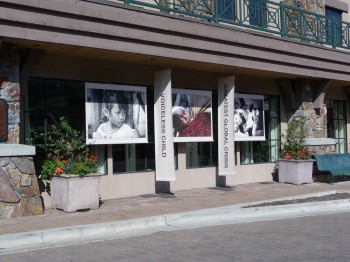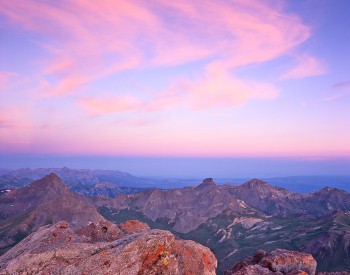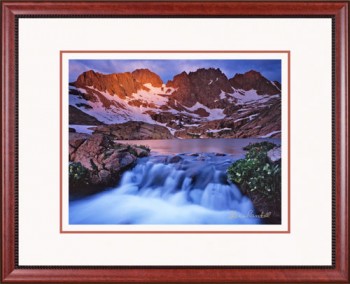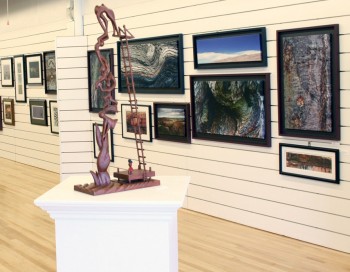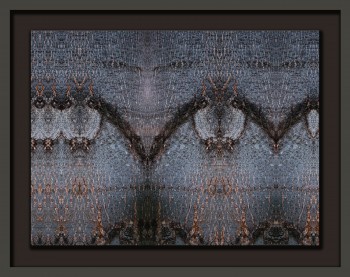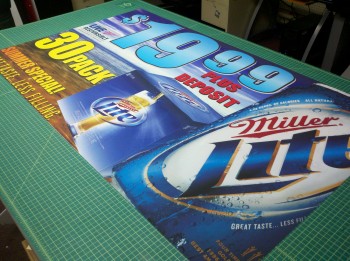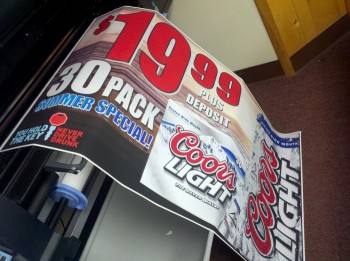Jack Kenner’s photography has covered a range of areas through the years, from capturing happy couples at formal events in the early days to shots of exotic and endangered animals across the globe. But his latest focus has been portraits of man’s best friend.
 His interest was sparked when a photo he exhibited at an art show, featuring his two West Highland White Terriers in the household dishwasher, was a huge hit. “By the end of the day I was doing dog portraits. Since then I’ve been doing dog portraits on demand from coast to coast. I go all over California and Texas, up to Connecticut, down into Florida and Atlanta, and over to Colorado and Wyoming,” the Memphis-based photographer explains.
His interest was sparked when a photo he exhibited at an art show, featuring his two West Highland White Terriers in the household dishwasher, was a huge hit. “By the end of the day I was doing dog portraits. Since then I’ve been doing dog portraits on demand from coast to coast. I go all over California and Texas, up to Connecticut, down into Florida and Atlanta, and over to Colorado and Wyoming,” the Memphis-based photographer explains.
He will spend a week or so at dog shows across the country, taking portraits or getting commissions for portraits in other areas, then return home to his Memphis studio, where he does all of the printing himself. Kenner has been doing his own printing almost as long as he has been behind the camera, a passion that was sparked in his teen years.
“Right off the bat I’ve found it was easier to go in and print my own work. I actually got a job in high school as a printer for a commercial lab. I was using enlargers and doing color enlargements,” Kenner explains. The experience there gave him the foundation he would need for his own career, leading to another lab job while he attended Brooks Institute of Photography.
“I’d go to school during the day and work at a lab at night. I was doing commercial printing for photographers in Santa Barbara, California, and I would work all night as a printer, and by that time I knew what color was all about so I would just do my own work. I would print and color correct and deliver it in the morning to the lab, then have to leave and go back to school again,” Kenner says.
It wasn’t until he made a move back to Memphis after a stint in New York that Kenner realized it was time to get back into printing and set up a darkroom in his personal studio. “After that I got into the digital age and in 2000 I bought the Epson 2000.”
It was a few years later when he bought the Epson 7600 that Kenner first came to LexJet. Since that time he has increased his printer inventory dramatically. Currently, he’s working with a battery of Epsons and a Canon iPF8300 to produces his photos.
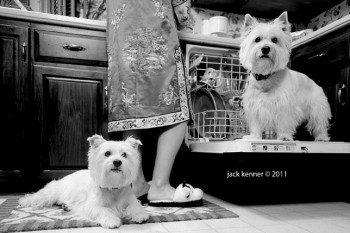 Kenner’s diverse line of printers enables him to devote one printer to color, one to black and whites and another to canvas prints, but he says, “Now with the 8300 I can do all of it with one printer, which is really nice and simplified.”
Kenner’s diverse line of printers enables him to devote one printer to color, one to black and whites and another to canvas prints, but he says, “Now with the 8300 I can do all of it with one printer, which is really nice and simplified.”
Kenner uses three primary materials to print his work: LexJet Sunset Velvet Rag, Sunset Photo eSatin Paper and Sunset Select Matte Canvas. “The eSatin is just so easy to work with; it reminds me of working with color paper in the old school days. And I’m working now with the Velvet Rag; I’ll actually do multimedia with that. I’ll print on it and then work with an artist to paint on top of it. I’ll also work with artists where I’ll print on the canvas and then come back and do multimedia on top of that with watercolor, oils or acrylics,” says Kenner. Like so many other LexJet customers, Kenner is always finding unique ways of using the products.
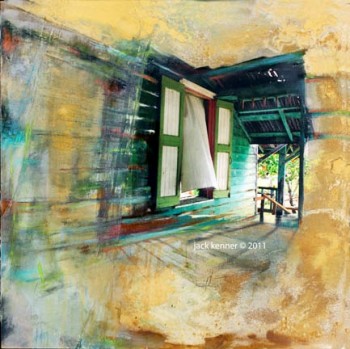 “LexJet is a great reference because when something is going haywire with the computer, Photoshop or the printer and I can’t get in touch with the manufacturer, LexJet is always there as a resource,” he explains. “LexJet is an ace in the hole to call on to get good advice, or find out how to fix the problem and get back to work immediately. In the old days I’d have to bring in somebody from out of town and pay them an arm and a leg to come and fix it and then they’d come in and it’d take forever to get the parts in town. Now with these machines and LexJet on the line I can get things happening within the same day. There’s no wasting time trying to get something fixed or figure it out.”
“LexJet is a great reference because when something is going haywire with the computer, Photoshop or the printer and I can’t get in touch with the manufacturer, LexJet is always there as a resource,” he explains. “LexJet is an ace in the hole to call on to get good advice, or find out how to fix the problem and get back to work immediately. In the old days I’d have to bring in somebody from out of town and pay them an arm and a leg to come and fix it and then they’d come in and it’d take forever to get the parts in town. Now with these machines and LexJet on the line I can get things happening within the same day. There’s no wasting time trying to get something fixed or figure it out.”

